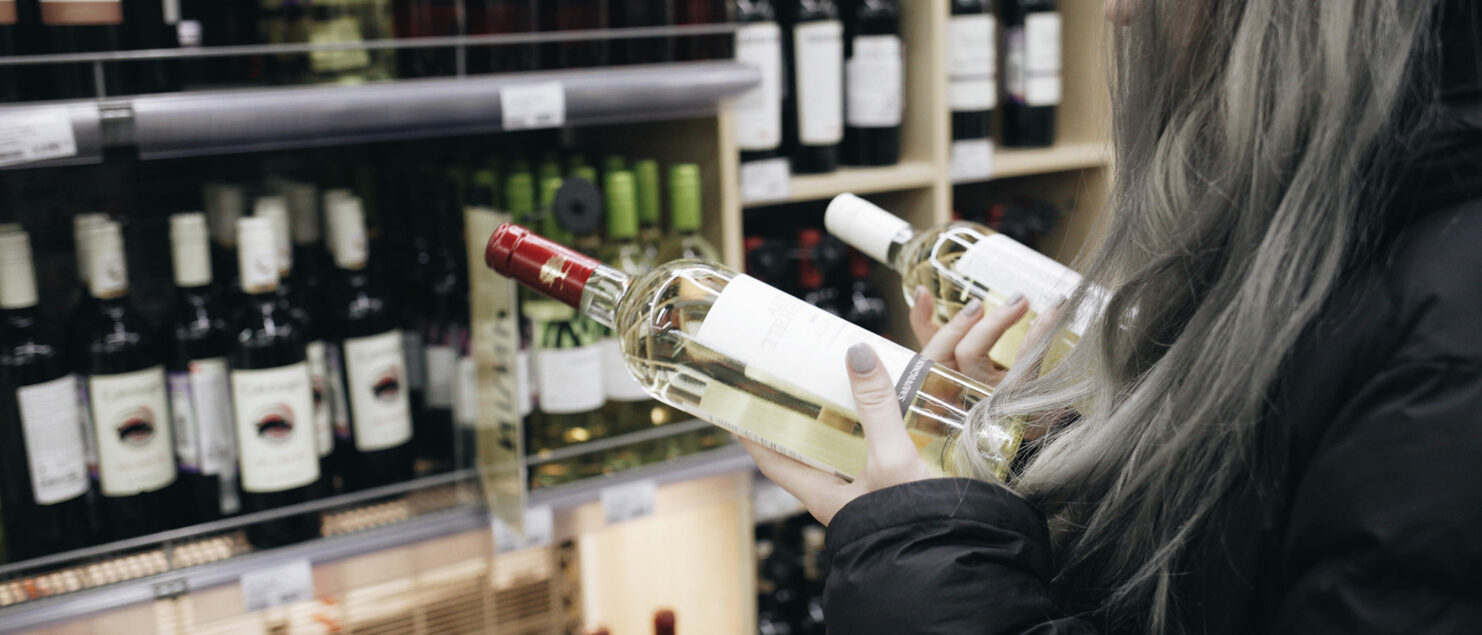Who is Really Making Your Wine?
Sipping with CEO Mailynh Phan
We all know the old adage, don’t judge a book by its cover. And maybe you’ve joked with friends about never buying wine with an animal on the label. But why should you care about what that label represents?
When it comes to winemaking, there are an endless number of options for transforming grapes into wine. Educating yourself enough to decide what’s important to you as a consumer is a savvy move. When it comes to meats, produce, and the like, we want to know where they come from, how they’re made, and who is making them. Wine should be no different. Here’s our insight into why you should look beyond the label.
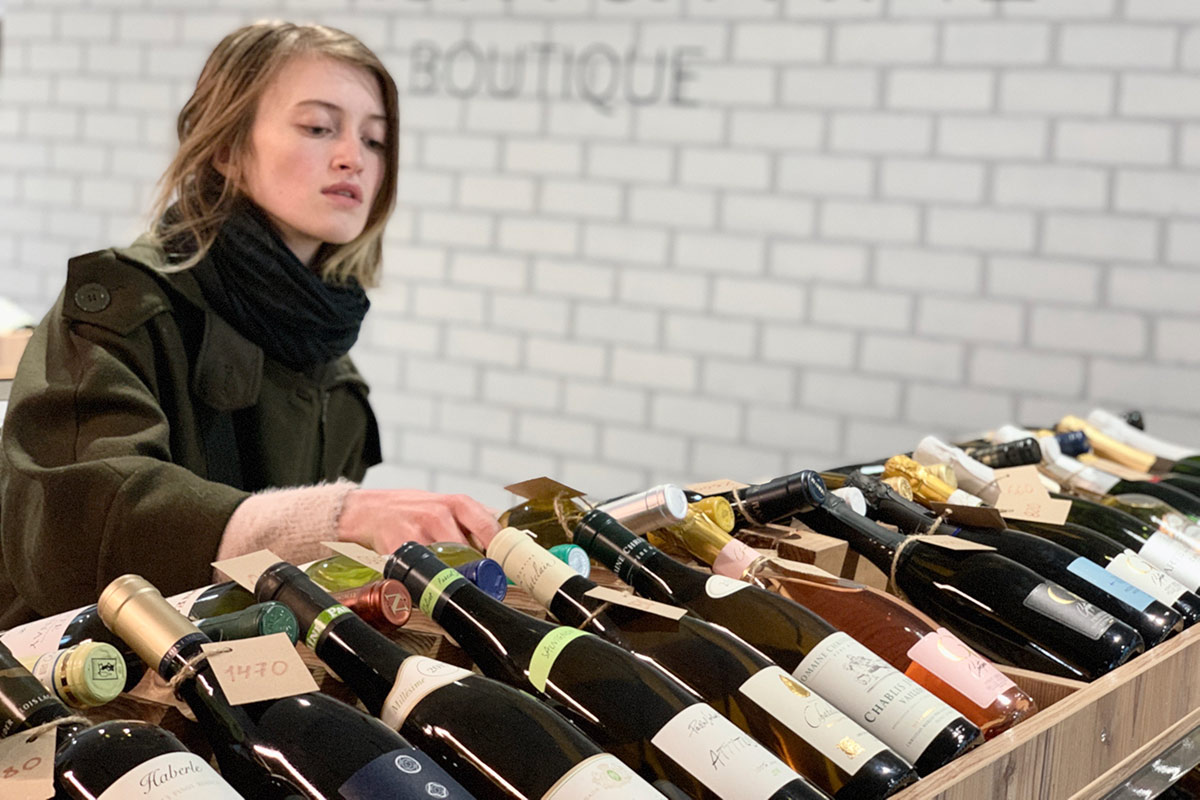
The Truth About Wine Labels
When you’re strolling down the wine aisles of your local grocery store or perusing the bottles in your wine shop, it may surprise you that many of those bottles might not exist beyond the label. What do I mean by that? I think when we pick-up a bottle of wine and hold it in our hands, we’re often imagining an entire story behind the product. Perhaps we see a mom-and-pop operation, a passionate winemaker, a ramshackle winery on a hill somewhere surrounded by vineyards, etc. Sometimes those ideas are intentionally evoked through the label design and through the name selection. There’s a whole host of brains and statistical science out there that tries to deduce what consumers are interested in buying.
The truth is many wines don’t actually exist beyond the label. Sometimes labels are thought-up a week before they’re designed and printed! I’ve seen this happen many times. These designs and names are selected specifically to appeal to consumers, whether they are reminiscent of other brands that have historical notoriety or pull elements of more popular wine brand designs. Sometimes labels were once someone’s story and passion project that were then bought by a large conglomerate—many labels on those store shelves are owned by a handful of very large companies, some so large they’re publicly traded with multi-billion-dollar market caps.
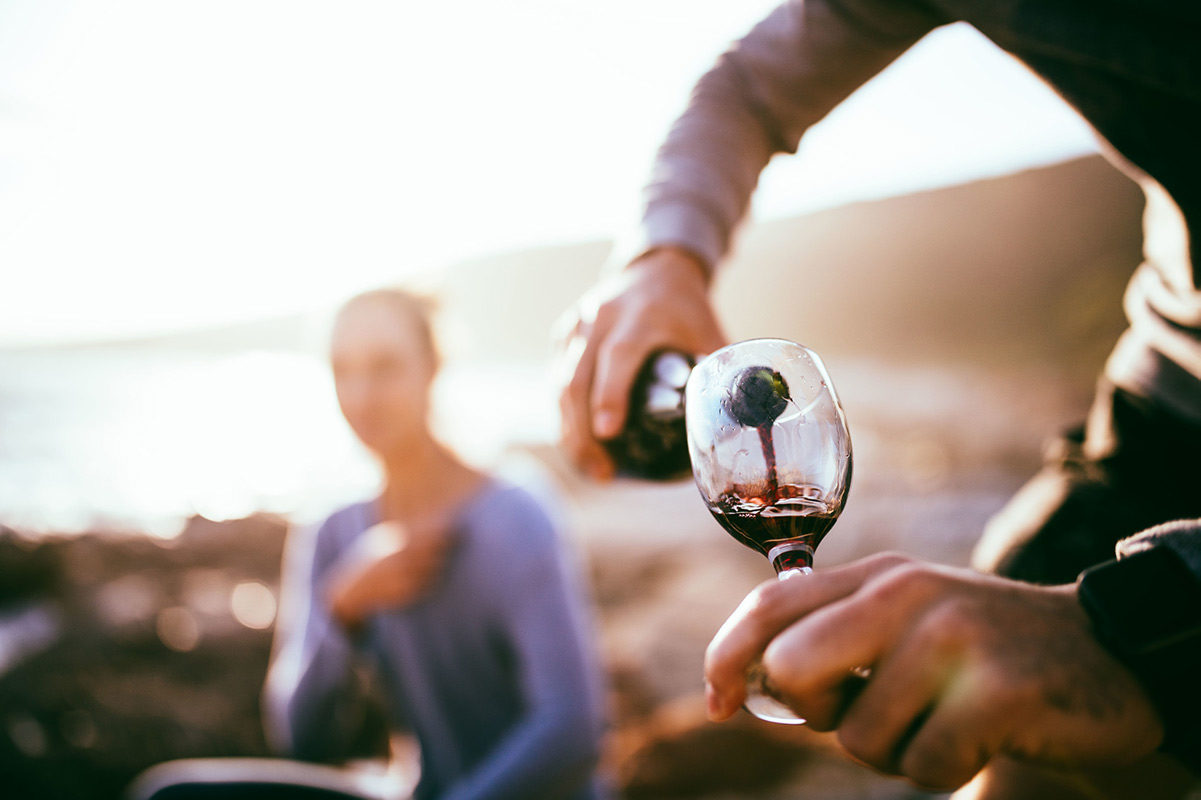
What’s Actually in the Bottle?
This brings up another question: Where does the wine come from? We think of wine as a precious commodity, loved-over and aged for X number of months before being deemed consumer-ready. While this is true for RD Winery and many other wineries like ours, it isn’t true for every label. There’s an entire bulk wine market to source from. I’ve written about the grape market. Now, here’s the story of the bulk wine market.
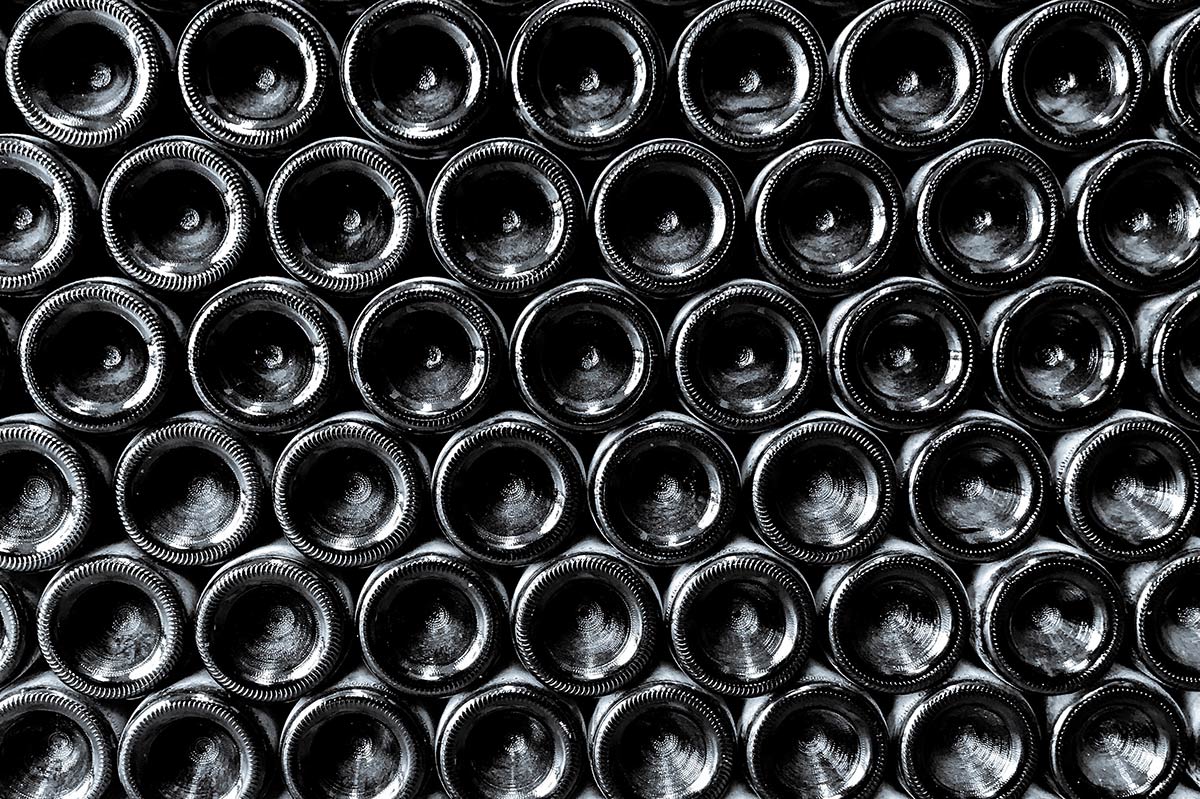
What You Need to Know About Bulk Wine
The bulk wine market, like any true market, functions on supply and demand. Where there is demand, supply will be inevitably produced. Market’s supply is a result of a few typical scenarios: (a) wineries produce wines that don’t fit into the style they want to bottle- many variables in the fermentation process (including the grapes!) can result in characteristics unsuitable to a particular brand’s style, or (b) general over production- years in which high grape yields lead to an influx of wine available, or (c) hard press- if you’re pressing wines, the free run or first press is the highest quality- the harder you press, the more harsh and bitter tannins you might get. The various press runs are generally separated out and sometimes added back into the free-run lot depending on winemakers’ preferences or they’re pushed to the market.
The process of buying wine on the bulk wine market is like kissing a lot of frogs before finding your prince. Sometimes your prince can end up being a blend of various lots and sometimes a whole host of additions are added (color, concentrate etc.). Sometimes you can be super lucky and find exactly what you’re looking for. Effectively sourcing wine from the bulk wine market is an artform in itself and there are many brands/labels that rely 100% on the market. Many brands also supplement from the bulk market when they need to.
Let me clarify, there’s no shame in sourcing from the bulk market. The practice is ubiquitous. There’s also no shame in being a label factory. It’s a choice and I respect that choice. My goal in sharing these thoughts is to emphasize authenticity and to encourage you, as the consumer, to learn more about that bottle on your kitchen table or wine shelf. What’s the story behind that bottle you have in your hands? Who is your money supporting?
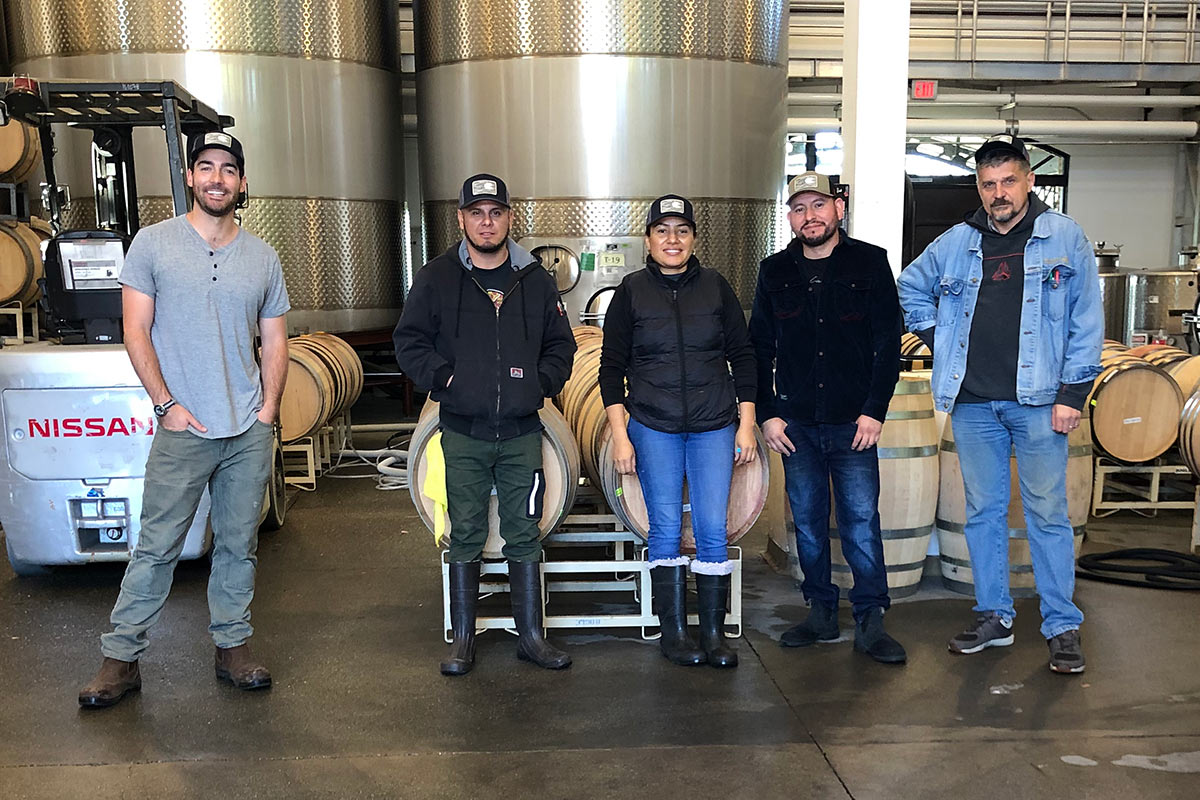
What’s Important When You’re Buying Wine?
The wine industry talks a lot about how millennials will be the next main wine consumer. What do millennials care about? We care about the story and the people behind the brands. This is why, at RD Winery, we show you all of us, the whole team, behind the scenes. It’s why if you follow along on social media, there are photos of the winery, the trees on the property, the team in the cellar, the sunset on the buildings, etc. We do this because while you can’t be around the table making decisions about the brand or the way we convey a message, or maybe you live far away and can’t be here during harvest, we want you to know us. We want you to know we’re real, that we exist, and we have a genuine story to share.
I suppose my call to action is simple. I want you to consider, when you pick a bottle of wine in the store, whether or not it’s authentic to the people behind the brand, whether they exist, whether there is love in/behind this bottle or is it just another label that was thought-up over-night and thrown on the shelves the following week. It’s your choice who you want to open your wallet for and I hope that by peeling back the curtain a bit, I can shed some light on that choice.
